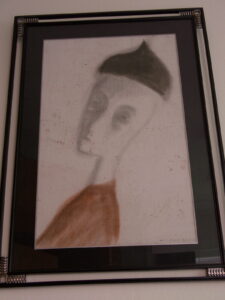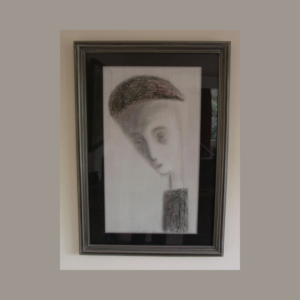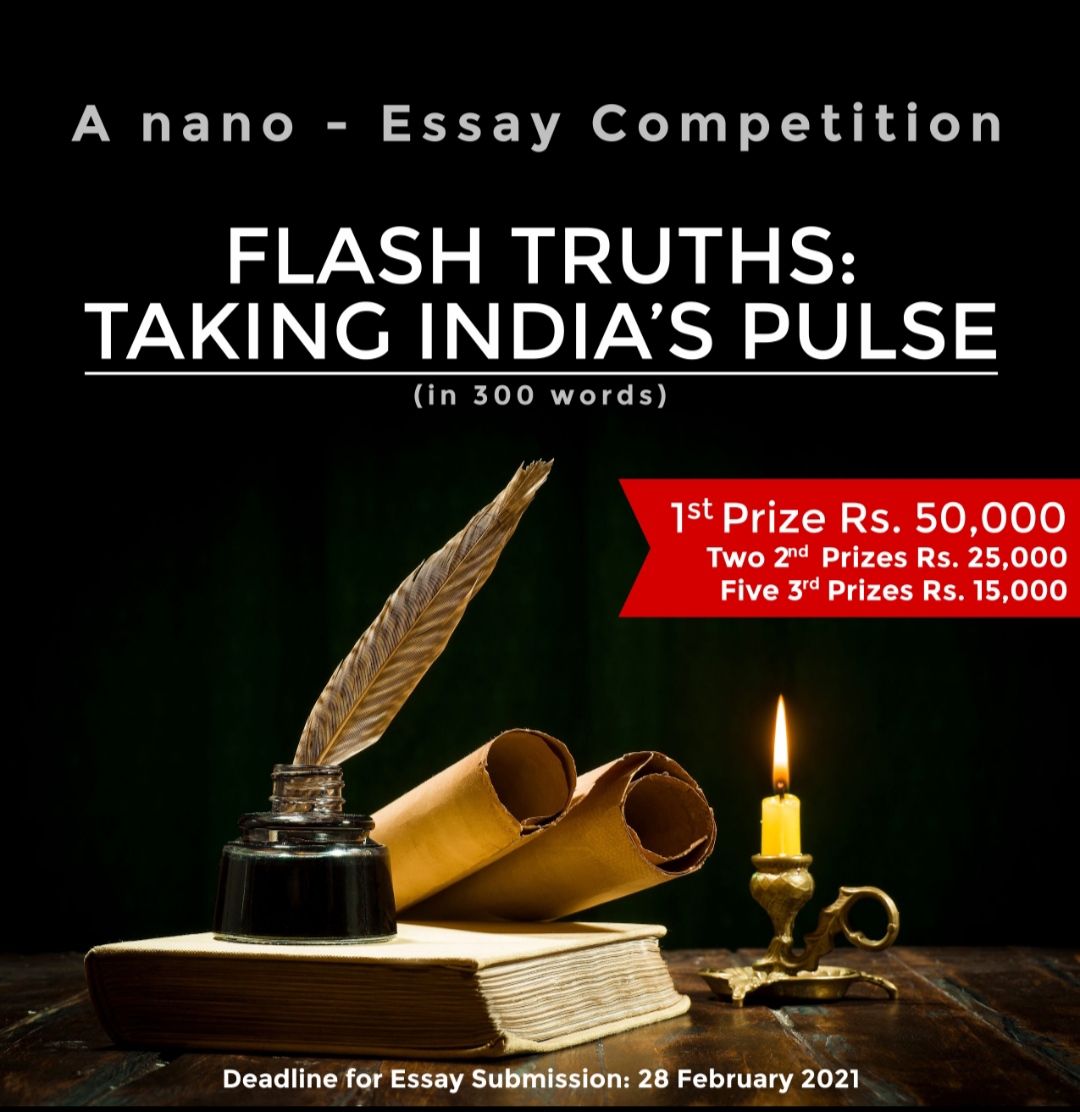Rakesh Ahuja
In May 1986, Ted Pocock, the Australian Ambassador to the Soviet Union, and I visited Yakutia, the largest administrative/territorial unit in the world and one-fifth the size of the Russian Federation. Our visit was the first-ever allowed to any western diplomats since 1944. Gorbachev had taken over as the General Secretary of the Communist Party of the Soviet Union in February. Provinces from Khabarovsk to Yakutia were ‘loosening’. Yakutia has huge diamond deposits. Hence our interest in visiting it (at the prodding of the BHP back home) – and the Soviet interest in obtaining Australian mining technology. Ted and I were ‘honoured’ guests at the Mayday parade.
The Yakutia Oblast also had a collection of forced labour camps established by Stalin. One concentration camp, holding mainly Jews, was not far from the capital, Yakutsk.
Jessica, a Jewess with her husband in the camp, with excellent English, and the locally coerced KGB minder in the Arctic badlands was exclusively assigned to ‘assist’ our diplomatic visit; A photograph post-Mayday parade is attached. The next day, we went for a (KGB sponsored) picnic in the forest about halfway to the gulag. You could smell and feel its existence. Arcs of yellow form when you piss and melt in soft sunlight. (Not surprisingly, women were not invited to such picnics.)
I shall gradually expand on several memorable moments of that five-day visit.
As I have noted above, Gorbachev’s accession allowed a freer movement of people. Jessica was able to visit Moscow. She generously sold to me 7 self-portraits (sk)etched by her husband in the camp. In the last days of the dismantling of the gulag camps, they had been smuggled out (apparently, in return for her sexual favours).
I am attaching five self-portraits in my possession (one is on the cover of this blog). I presented one to the wife of a friend, Roger Beale, Venetia, on her birthday; another to a friend, John Ashe’s wife, Ruth, on hers. Five remain. They speak in the poetry of pain.
In an extraordinary coincidence, as I write this, NYT has just published the attached article. It vividly describes the sheer horror of the Stalinist regime’s role in developing the surface infrastructure of the gulag in Yakutia. Despite our requests, we were never allowed to travel to or from Yakutsk by road – the Road of Bones from Magadan to Yakutia.










